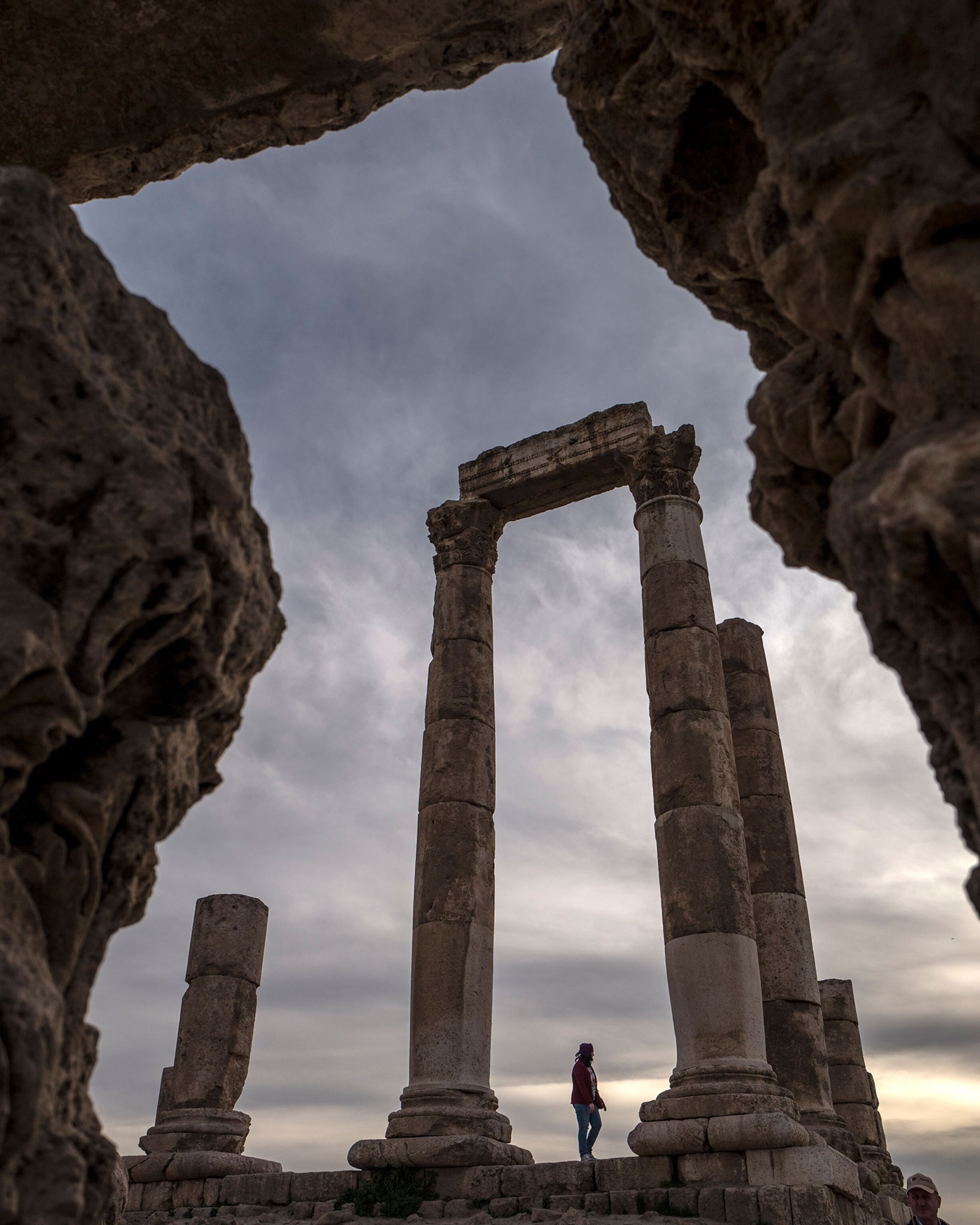By Debra Adams Simmons, HISTORY Executive Editor
Jerusalem is one of the world’s fastest growing tourist destinations, and Israeli
archaeologists have helped turn a quiet Arab neighborhood into one of the city’s most popular attractions. What once was a dusty parking lot is now an enormous pit open to the sky, encompassing much of the city’s past 2,600 years—from early Islamic workshops and a Roman villa to impressive Iron Age buildings predating the Babylonian destruction of 586 B.C.
Soon the excavation pit (see below) will open to the public, beneath a large new visitors center.
But in a city central to the three great monotheistic faiths, putting a spade into the ground can have immediate and far-reaching consequences. Politics, religion, and archaeology have long been deeply entwined here. In few places on Earth can an archaeological excavation so quickly spark a riot, threaten a regional war, or set the entire world on edge.

Do you get this newsletter daily? If not, sign up here or forward to a friend.
Today in a minute
Protests against Black Pete: Anti-racism leaders have protested throughout the Netherlands against the inclusion of a character in blackface around the nation’s centuries-old St. Nicholas Day festivities on Thursday. Reuters reports that polls show most Dutch people support the blackface character, added in a 19th century children’s story. But opposition has grown from 7% to 26% since 2011.
Clues to a revolutionary’s last months: At the end, a skin disease had turned French revolutionary Jean-Paul Marat into a recluse. A DNA analysis of blood fragments preserved after his 1793 assassination revealed more about the dynamic French leader, researchers say. They counter generations of critics who said Marat had syphilis, and also ruled out leprosy, candida thrush, and scabies.
Leaving France: Facing record levels of anti-Semitism, many French Jews are joining an exodus to Israel. France is home to the world’s third largest Jewish community, after Israel and the United States. One French woman, her family’s possessions packed into 130 cardboard boxes and 24 suitcases, explained as they awaited a flight out: “We want to live our Judaism freely and openly,” Esther Coscas said.
Mummified lions found: Once, lions roamed Egypt’s Nile. Some were pets of the pharaohs. Egyptian archaeologists say they have found five mummified lions, likely cubs, dating back more than 2,500 years.
Your Instagram photo of the day

A tribute to Hercules. Perched atop the highest hill in the Jordanian capital of Amman sits ancient Roman, Byzantine, and Umayyad ruins, including the Temple of Hercules (pictured). Along the hillside: the impressive second-century Roman Theater, the center of the city when it was known as Philadelphia.
Related: Six surprises in Jordan
Are you one of our 127 million Instagram followers? (If not, follow us now.) +
The big takeaway

Humanitarian, hero. “The one thing that helps me is knowing that we were in the right, on the right side of history because we opposed injustice,” says Amani Ballour, a 32-year-old pediatrician (pictured above) who helped save hundreds of victims of Syria’s civil war. For years, she ran an underground field hospital known as The Cave outside Damascus; now she’s a refugee. “My conscience is clear,” Ballour says from Turkey. “I had a duty toward people and I fulfilled it as best I could with the means at my disposal. But sometimes I regret leaving and blame myself, but then I say I had no choice. This is the truth of the conflicting feelings inside me. I tried to help, and that helps me, that I was a humanitarian.” See a trailer of The Cave, a National Geographic documentary about Ballour and the hospital.
Did a friend forward this to you?
Come back tomorrow for George Stone on travel. If you’re not a subscriber, sign up here to also get Victoria Jaggard on science, Rachael Bale on animal news, and Whitney Johnson on photography.
One last glimpse

Attack in progress. This bird's-eye view of Hawaii came from a Japanese aircraft on December 7, 1941, when the first wave of Japanese fighters attacked Battleship Row at Pearl Harbor. A geyser of water rises over the U.S. military base as a torpedo hits a battleship, probably the U.S.S. Oklahoma. The surprise attack pushed America into World War II.